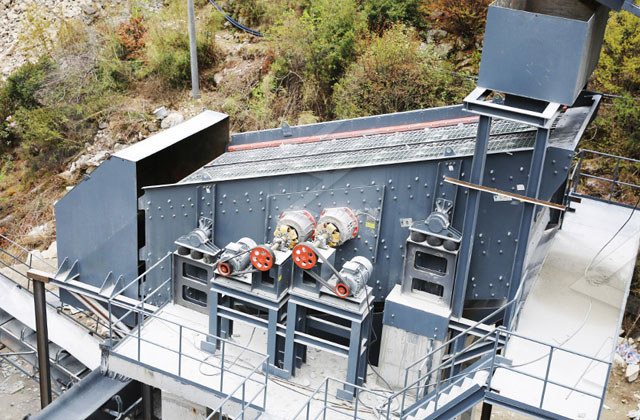A sand aggregate screening machine is a mechanical device used to separate granular materials based on particle size. It typically consists of a vibrating screen with various sizes of mesh openings, which allows the smaller particles to pass through while retaining larger ones.
The primary function of a sand aggregate screening machine is to ensure that the sand and aggregates are of the correct size and free from impurities. This is important in construction projects where the quality of the final product is directly related to the size and cleanliness of the materials used.
There are several types of sand aggregate screening machines available, including trommel screens and vibratory screens. Trommel screens are cylindrical in shape and rotate on an axis, allowing the material to be screened as it moves through the machine. Vibratory screens use vibrations to separate the material, with the amplitude and frequency of the vibrations determining the size and flow of the material.

Sand aggregate screening machines are commonly used in the construction industry, particularly for concrete production. Aggregate materials such as sand, gravel, and crushed stone are mixed with cement and water to create concrete, which is used in a wide range of applications, from building foundations to roadways.
In addition to construction, sand aggregate screening machines are also used in mining operations to separate valuable minerals from waste materials. The same principles apply, with the size and distribution of the particles determining their value and usability.
When selecting a sand aggregate screening machine, it is important to consider factors such as the size and type of materials being screened, the desired output capacity, and the available power source. Additionally, maintenance requirements and ease of operation should also be considered to ensure optimal performance and longevity of the machine.
Overall, sand aggregate screening machines play a crucial role in ensuring the quality and consistency of construction materials. By accurately separating materials based on their size and composition, these machines help to reduce waste and ensure that the final product meets the necessary specifications for strength and durability.
